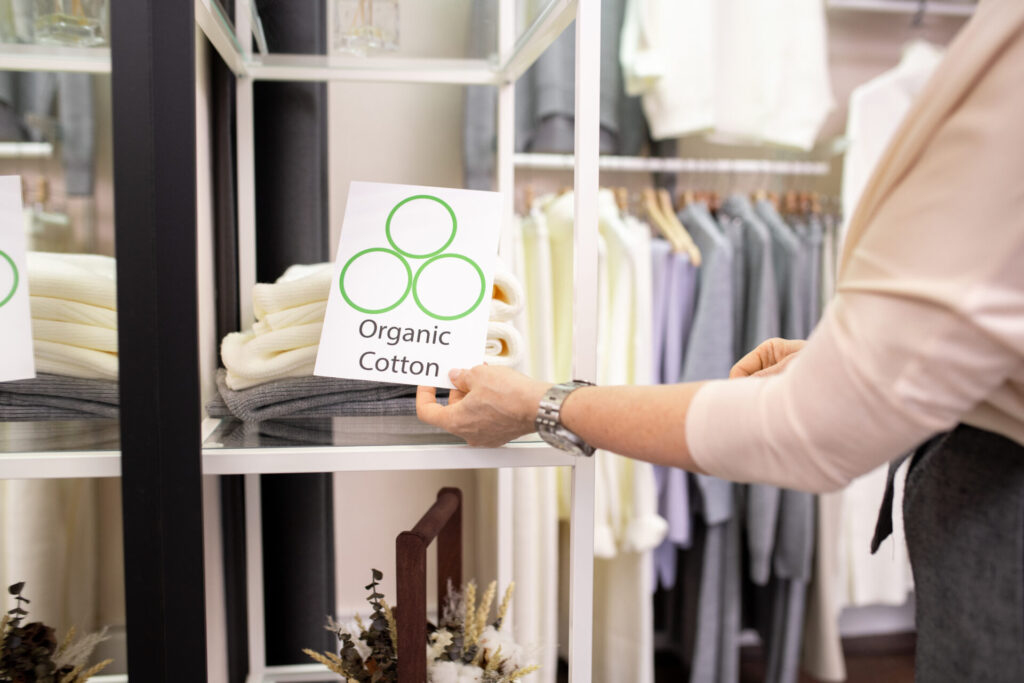
Affordable Green Shopping Tips: Sustainable Choices Without Breaking the Bank
Why Green Shopping ?

While everything around us turns up towards sustainability from a morning rise to a twinkling night. All the chores in everybody’s life are unanimously attached to sustainability. And there is nothing wrong with that because of the way people are facing pollution, global warming, and drastic climate change. Currently, in India, it’s already November and there is no calmness or softness in temperature. In India, we know that no one is ready to take the blame for any mishappening, so to stay away from such blame people are moving towards organic and sustainable products. In the youngsters (GenZ) population it is quite related to showing off, they might not know a lot but they want everything organic, eco-friendly, etc.
Green Shopping: Larger footprint on wallets

Starting from cereals, vegetables and fruits, etc. which is a necessity for every day in every family. In the real world almost everywhere all vegetables, and cereals are chemically oriented, few people come out of the world and give assurance of organic food and vegetables, etc. but we always analyzed that their prices are very high from the common products. So, people having less source of income will have less appetite if they turn totally towards organic foods. Currently, it is very much seen in fashion, the lifestyle of the rich people, or in very big brands that have a tag of assurance that the clothes in their brand are made from organically grown cotton; but this is also found in few exception premiums brands which are very costly. In a recent survey, it was found that around 65% of people always wish to buy products with a track record of sustainability but 20-25% want to buy in reality and the reason behind this is the high cost of such fascinating products and less money in the wallet.
Green Shopping: Smart Spendings
The first and most convenient way to turn up for Sustainability is to go for E-commerce other than brick and mortar stores. As suggested by MIT, e-commerce has lesser carbon footprints rather than traditional approach of shopping. The most important part related to consumers is that we should prefer products that have disposable packaging and also can be recycled. Because the main source of emissions, pollution is from the consumer’s final products they are using and don’t litter the packaging items in a good manner and this was also claimed by HUL- a big FMCG company. Turning towards e-commerce has one more benefit, there is a huge reduction in the useless production of commodities.
Green Shopping provides two-way satisfaction both to the company as well as consumer; because the company can forecast their activities in sustainability reports and consumers are able to help in Environmental stewardship.

Consumers should always focus on quality rather than quantity because if they are using sustainable products (like good fabric clothes have high longevity), good brands cosmetics, and home appliances have a longer life than cheap products they are required to buy them once in a while which also helps in cost cutting as well as less emissions.
As Government is always spreading vocal for local, we should also follow this rule as we should buy most of the commodities from local as there is less transportation and ultimately less carbon emissions which leads to sustainable goals.
Choose foods very wisely whether in quality as well as quantity because in buffets in very luxurious restaurants also people waste a lot of food so always buy what an individual wants to eat and can be used later in other meal times rather than wasting it.
A simple yet impactful eco-friendly habit people can practice is taking reusable bags when shopping. These bags are often made from repurposed materials, such as old clothes, which not only make them cost-effective but also sustainable.
Subscribe to The Sustainable Brands Journal for more environmental news, stories, interviews, and updates.

Prachi, an accomplished Chief-Editor at The Sustainable Brands Journal, has 15+ years of experience in Europe, the Middle East, and India, managing 90+ global sustainable brands. She’s a prolific writer in sustainability, contributing to various publications. Prachi’s unwavering passion and expertise make her a recognized authority, driving positive change and inspiring a sustainable future.





